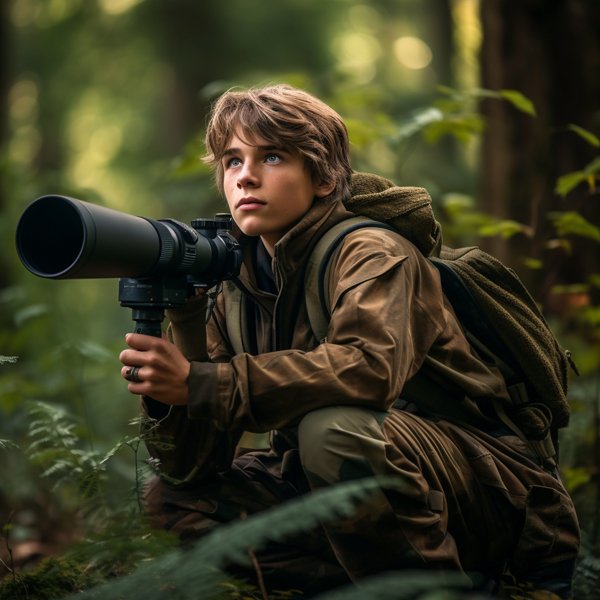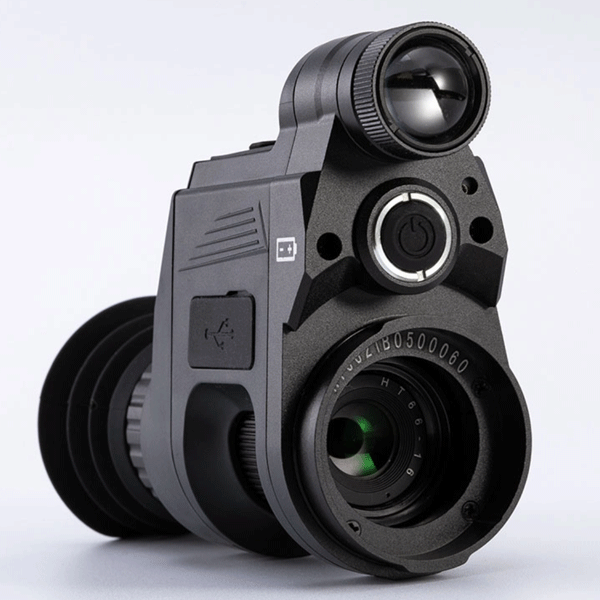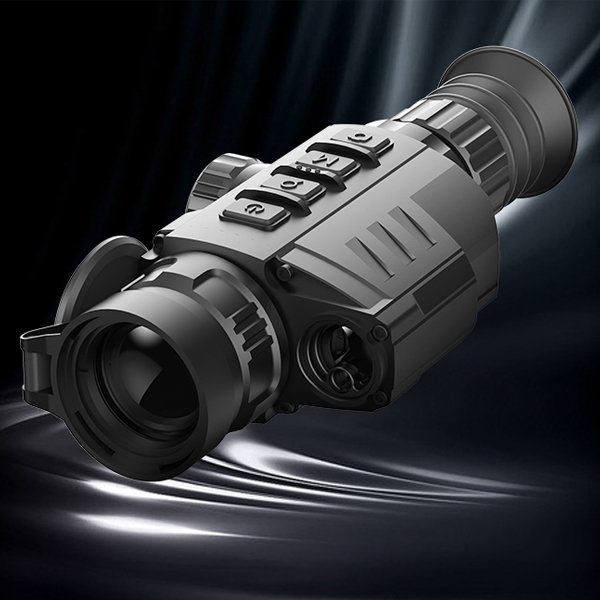A Beginner’s Guide to Choosing the Right Scope for Hunting

Choosing the right scope for hunting can be overwhelming, especially if you’re new to it. Here’s a simple guide to help you make a smart choice:
1. Determine Your Hunting Needs
Type of Game
- Small Game: Needs scopes with lower magnification for closer distances.
- Large Game: Needs scopes with higher magnification for farther distances.
Hunting Environment
- Dense Forests: Lower magnification for quick target spotting.
- Open Fields: Higher magnification for longer shots.
Hunting Conditions
- Daylight: Standard scopes work well.
- Low Light/Night: Go for scopes with larger objective lenses, illuminated reticles, or even night vision or thermal scopes.
2. Understanding Scope Specifications
Magnification
- Fixed vs. Variable:
- Fixed: Simple and sturdy but less flexible.
- Variable: Adjustable for different situations, offering more versatility.
- Common Magnification Ranges:
- 1-4x: Great for close-range hunting.
- 3-9x: Versatile for various ranges.
- 4-12x or higher: Best for long-range hunting.
Objective Lens
- Larger diameters (e.g., 50mm): Gather more light, great for low-light but heavier.
- Smaller diameters (e.g., 32mm): Lighter and more compact but gather less light.
Tube Diameter
- Common sizes are 1 inch and 30mm. Larger tubes offer more adjustment for windage and elevation and tend to be more robust.
Reticle Type
- Duplex: Simple and effective for most hunting.
- BDC (Bullet Drop Compensator): Helps with longer-range shots.
- Mil-Dot: Useful for estimating range and windage adjustments.
- Illuminated: Better visibility in low-light conditions.
Lens Coating
- Coated: Single layer on at least one lens surface.
- Fully Coated: Single layer on all air-to-glass surfaces.
- Multi-Coated: Multiple layers on at least one lens surface.
Fully Multi-Coated: Multiple layers on all air-to-glass surfaces. Best for clarity and light transmission.
3. Key Features to Consider
Eye Relief
- Longer eye relief (3-4 inches) is crucial for high-recoil rifles to prevent scope eye.
Field of View (FOV)
- A wider FOV allows you to see more area through the scope, which is great for tracking moving game.
Parallax Adjustment
- Useful for long-range shots to keep the target in focus at different distances.
Durability
- Look for scopes that are fog-proof, waterproof, and shockproof.
Weight
- Lighter scopes are easier to carry but might have fewer features.
4. Budget Considerations
- Entry-Level Scopes: $100 – $300. Ideal for beginners and casual hunters.
- Mid-Range Scopes: $300 – $600. Better build quality and features.
- High-End Scopes: $600 and above. Best optics, durability, and advanced features.
5. Recommendations for Beginners
01. HT66 4x-14x
- Performs well in low light, affordable, and great for various night hunting scenarios.

02. A10 Pro 2.8x-11.2x
- Affordable with good-quality optics and a laser rangefinder function.

6. Final Tips
- Try Before You Buy: If possible, test the scope on your rifle to ensure it feels right and meets your needs.
- Seek Advice: Talk to experienced hunters and read reviews for insights.
- Invest in Quality Mounts: Even the best scope won’t perform well without sturdy, properly installed mounts.
- Regular Maintenance: Keep your scope clean and regularly check for any signs of damage or misalignment.
By understanding these factors and your specific hunting needs, you can choose a scope that enhances your hunting experience and improves your accuracy in the field.
Get Ready for Your Next Hunt
Ready to enhance your hunting experience? Discover our range of scopes and elevate your optics. Visit our website: www.airseekertec.com or contact us for more information.
